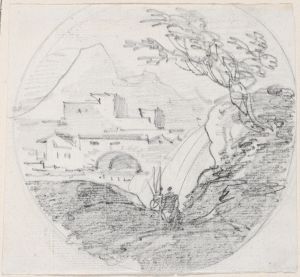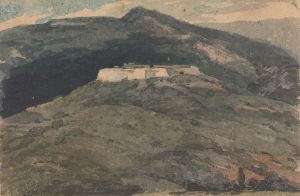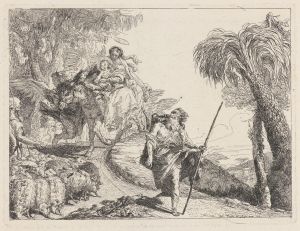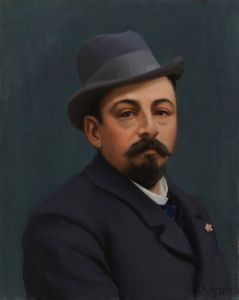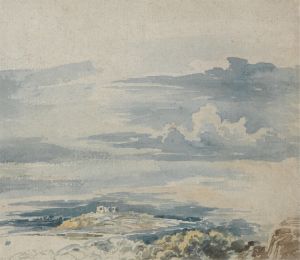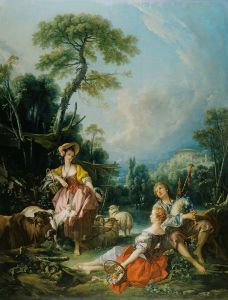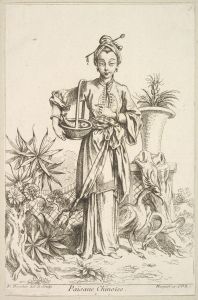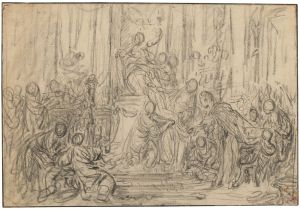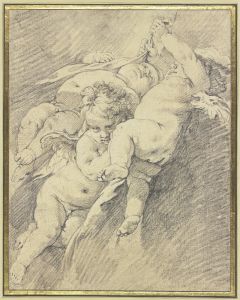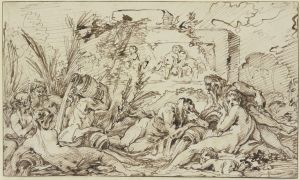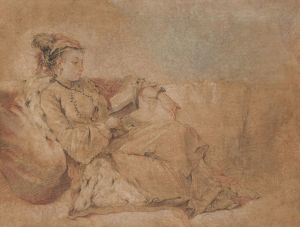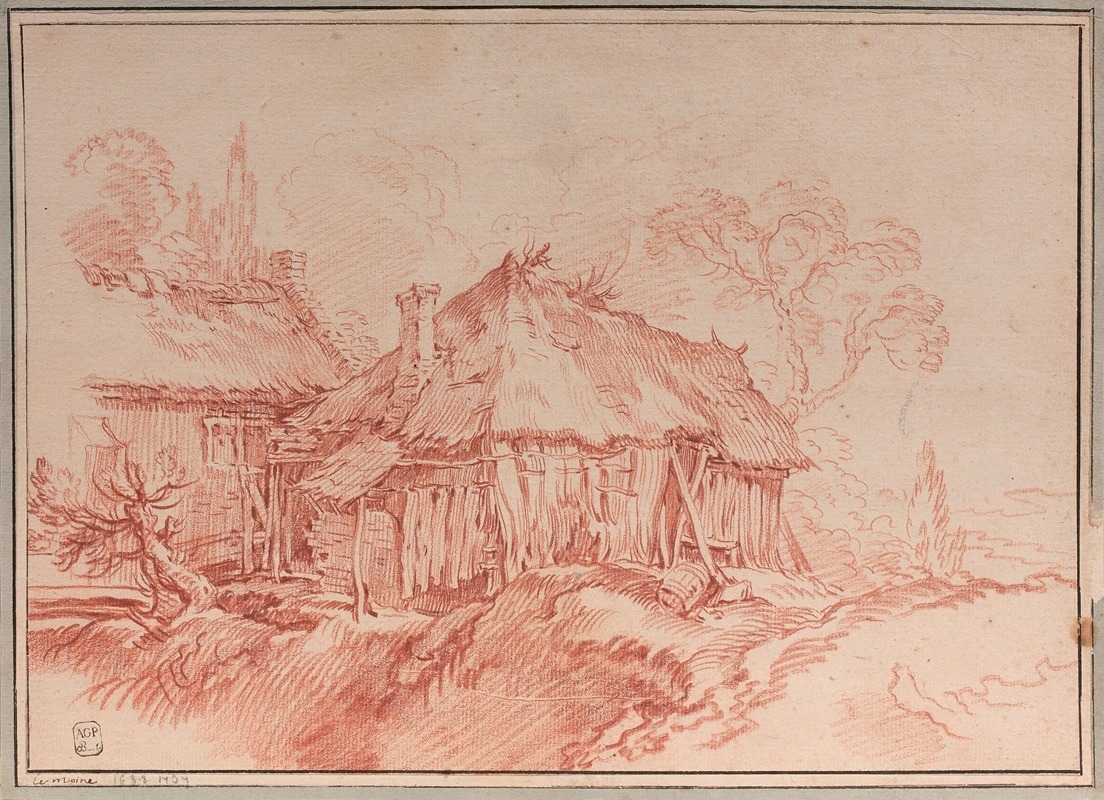
Chaumières dans un paysage, d’après Abraham Bloemaert
A hand-painted replica of François Boucher’s masterpiece Chaumières dans un paysage, d’après Abraham Bloemaert, meticulously crafted by professional artists to capture the true essence of the original. Each piece is created with museum-quality canvas and rare mineral pigments, carefully painted by experienced artists with delicate brushstrokes and rich, layered colors to perfectly recreate the texture of the original artwork. Unlike machine-printed reproductions, this hand-painted version brings the painting to life, infused with the artist’s emotions and skill in every stroke. Whether for personal collection or home decoration, it instantly elevates the artistic atmosphere of any space.
François Boucher, a prominent French painter of the Rococo style, created the artwork "Chaumières dans un paysage, d’après Abraham Bloemaert" in the 18th century. This painting is a notable example of Boucher's ability to reinterpret and adapt works from earlier artists, in this case, drawing inspiration from the Dutch painter Abraham Bloemaert.
Abraham Bloemaert, a key figure in Dutch art, was known for his landscapes, religious scenes, and historical paintings. His work often depicted idyllic rural settings, which were characterized by their detailed and harmonious compositions. Boucher, known for his playful and decorative style, was influenced by Bloemaert's ability to capture the essence of pastoral life.
"Chaumières dans un paysage" translates to "Cottages in a Landscape," and it reflects Boucher's interpretation of Bloemaert's rustic scenes. Boucher's version likely maintains the serene and picturesque quality of Bloemaert's original work while infusing it with the Rococo style's characteristic lightness and elegance. The painting would typically feature charming rural cottages set amidst a lush, verdant landscape, capturing the tranquility and simplicity of country life.
Boucher's adaptation of Bloemaert's work is a testament to the 18th-century trend of revisiting and reimagining earlier artistic themes. This practice allowed artists like Boucher to pay homage to their predecessors while also showcasing their unique stylistic approaches. Boucher's work is distinguished by its soft color palette, fluid brushwork, and an emphasis on beauty and grace, all of which are evident in this painting.
Throughout his career, François Boucher was celebrated for his ability to blend influences from various sources, including Dutch and Flemish art, into his own distinct Rococo style. His works often featured mythological themes, pastoral scenes, and sensuous depictions of the human form. Boucher's art was highly sought after by the French aristocracy, and he enjoyed the patronage of influential figures such as Madame de Pompadour, the mistress of King Louis XV.
"Chaumières dans un paysage, d’après Abraham Bloemaert" exemplifies Boucher's skill in transforming the pastoral genre into something uniquely his own. By drawing on Bloemaert's compositions, Boucher was able to create a work that resonated with the tastes of his contemporaries while also contributing to the ongoing dialogue between different artistic traditions.
This painting, like many of Boucher's works, reflects the broader cultural and artistic currents of the 18th century, a period marked by a fascination with nature, beauty, and the idyllic aspects of rural life. Boucher's ability to capture these themes with elegance and charm ensured his lasting influence on the development of European art.
While specific details about the provenance and current location of "Chaumières dans un paysage, d’après Abraham Bloemaert" may not be widely documented, the painting remains an important part of Boucher's oeuvre, illustrating his engagement with the works of past masters and his contribution to the Rococo movement.





